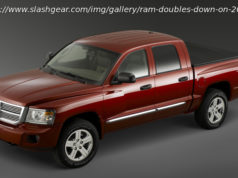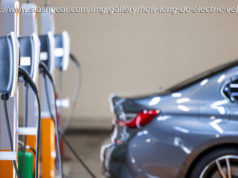If you can’t beat ’em, buy ’em.
One big hump for self-driving-car developers to get over is the implementation of a lidar system. Waymo solved it by bringing construction in-house, and GM just solved it by buying a lidar company.
General Motors on Monday announced its acquisition of Strobe, a sensor-tech firm that works on lidar. Strobe’s engineering team will join the self-driving wizards at Cruise Automation, another firm that GM acquired in its efforts to build a mass-produced self-driving car.
This image from Cruise Automation’s Medium post shows an early version of Strobe’s lidar emitter.
« Strobe’s lidar technology will significantly improve the cost and capabilities of our vehicles so that we can more quickly accomplish our mission to deploy driverless vehicles at scale, » said Kyle Vogt, CEO of Cruise Automation, in a statement. Vogt went into greater detail in a Medium post discussing the benefits of lidar in self-driving cars.
Lidar is complicated, and with that complexity comes cost. Velodyne, a major lidar manufacturer, has a flagship model that costs nearly $80,000 per unit. There are smaller, cheaper units on offer, but they don’t provide the same range and detail, which can affect how well and how quickly self-driving cars are able to « process » the world around them.
Waymo took a different route, choosing to develop and implement its own in-house lidar solution, as opposed to signing up with a vendor like Velodyne — although Google originally used Velodyne products before it decided to in-house the whole thing. Tesla, on the other hand, appears to have no interest in using lidar. The company believes it can produce Level 5 self-driving vehicles without it.






